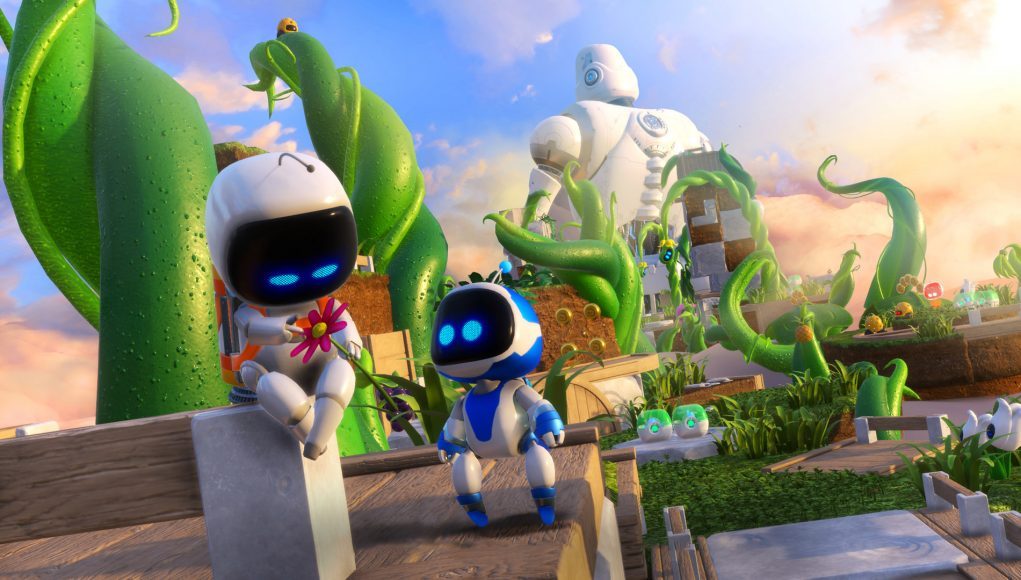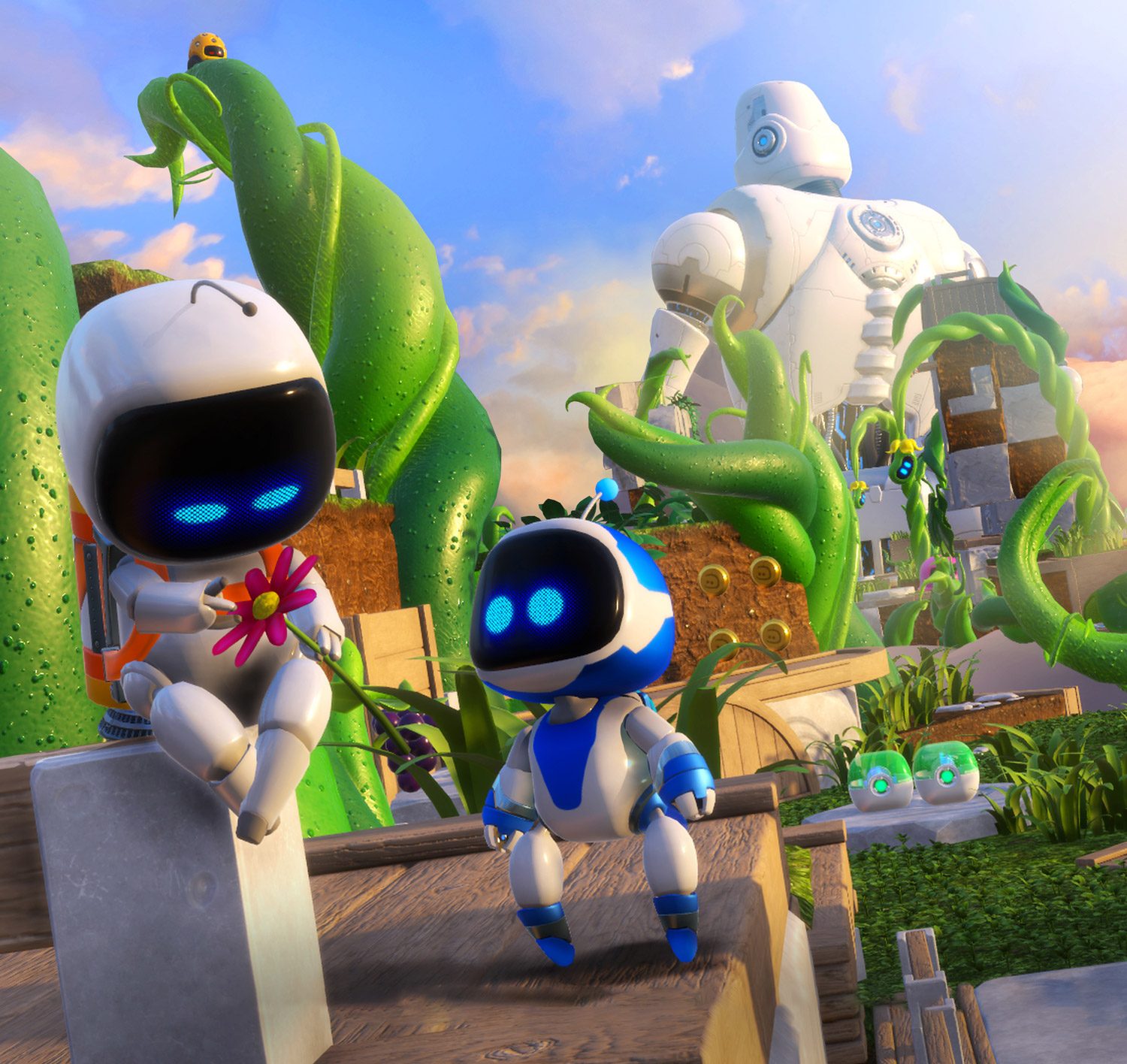Cutting Room Floor
But that’s not to say that the team managed to cram everything into the game that they’d hoped for. Doucet explained that a local multiplayer feature—a carryover from ‘Robot Rescue’—had to be sacrificed in order to preserve the vision that the studio had for Astro Bot.
“Some levels [in Astro Bot] initially allowed three extra players to join on the TV. It was fun to play together but we soon realized that in order to make the [non-VR] TV gameplay work, we were limiting the amplitude of the levels too much, thus hurting the ‘VR-ness’ we were after. Removing the multiplayer and focusing on a solo game allowed the game designers to be much more daring and efficient with the use of VR in their levels and the final game would have not been possible had we kept this multiplayer mode.”
Aside from some controller gadgets and enemies which also had to be cut due to not meeting the gameplay bar, some extra interactivity involving the game’s delightful soundtrack unfortunately didn’t make it in either.
“We prototyped having Astro hum the level’s tune along every time he was idling. While I still think it is a fun idea, the mix of music [the soundtrack] coming from a general source and a more [spatial] humming from Astro did not work out to be a pleasant enough mix. […] All in all, it felt like more hassle than it was worth with time ticking against us.”
Reception & Inspiration
But ultimately those chopping block decisions helped guide Astro Bot to become the critically acclaimed game that it is today, one which many have compared to genre-defining titles like Super Mario 64 (1996). I asked Doucet what he thought about such comparisons, and where the team drew inspiration for Astro Bot.
“It is of course a great honour to be compared to any landmark title. Platformers are solidly anchored in the video game history to a point that they are items of pop culture,” he says. “We drew inspiration from various past and present titles indeed, but one requirement reinforced upon the team was that we should never simply copy and paste. Instead, we should analyse what made a particular game fun, deconstruct its gameplay and reconstruct it with our own style. Only then could our work be judged as truly innovative, one of our key pillars.”
More from this series:
Asgard’s Wrath – Sanzaru Games



